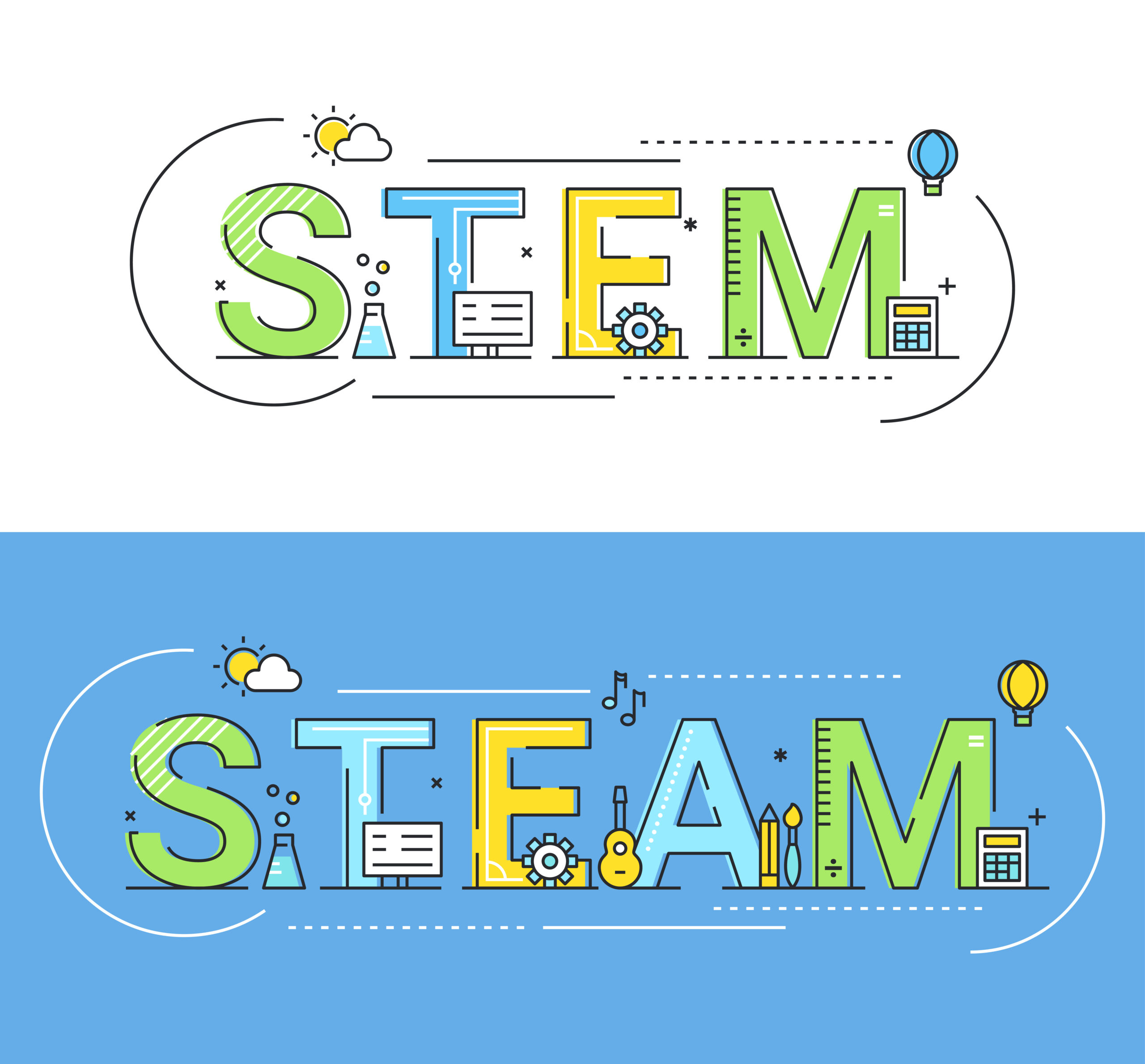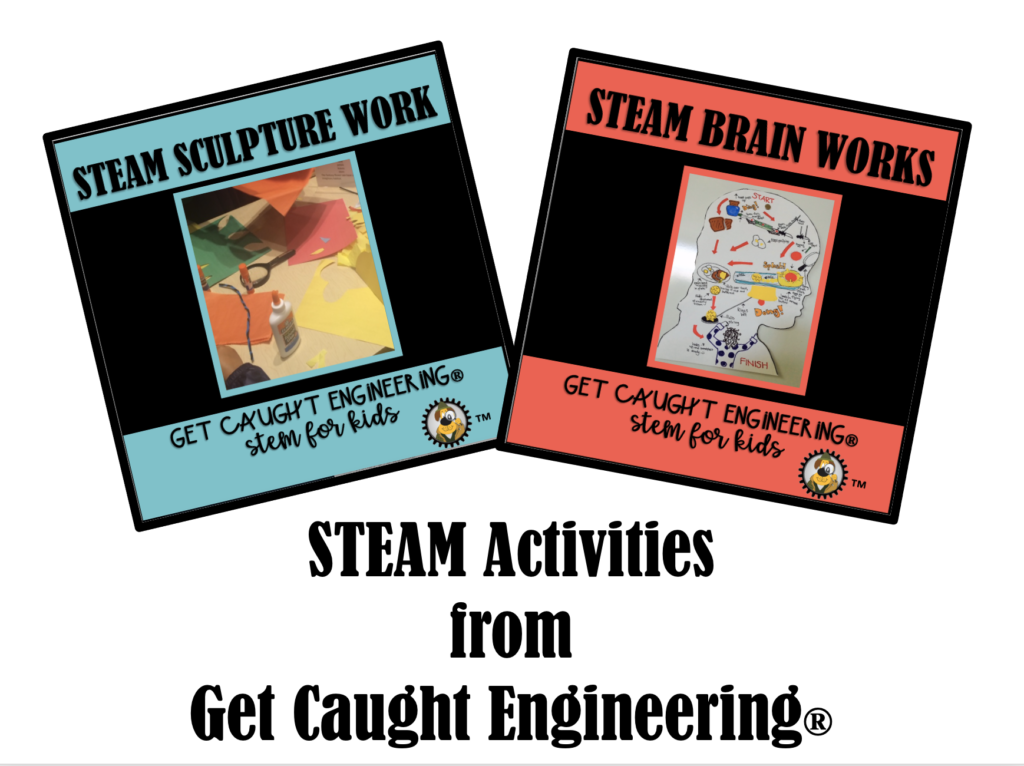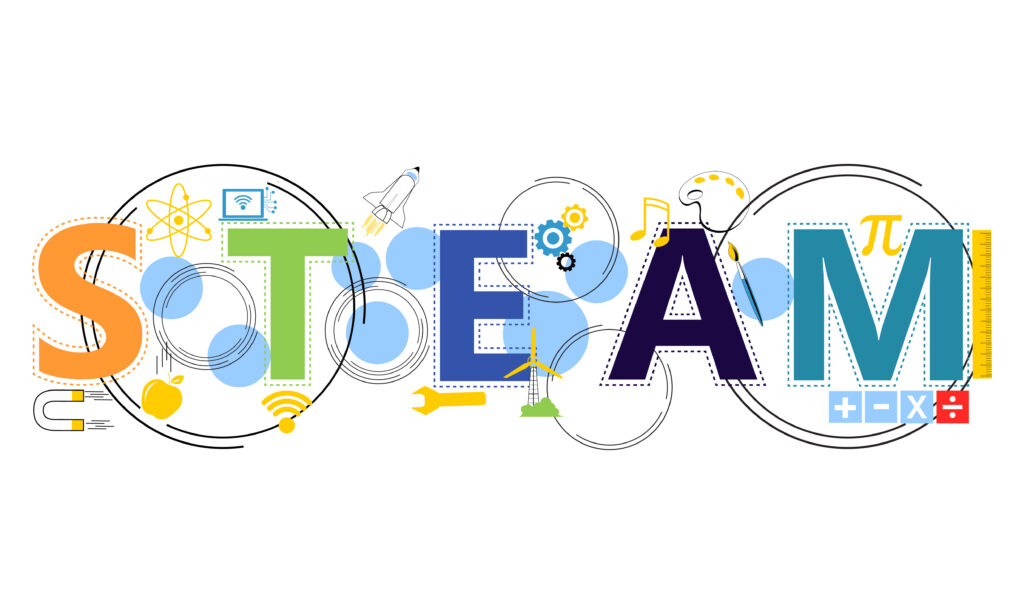
STEAM- Putting the A in STEM
The need for increased STEM education has been well-documented and recommendations on implementation have been ongoing for over a decade. The logic was simple. In order to be ready to take their place in the world and participate in a global economy, tomorrow’s employees need to hold degrees in engineering, computer science and other technological disciplines. School systems responded. They have:
- embedded STEM into the curriculum
- purchased and distributed laptops, tablets, and robots
- hired STEM teachers
- organized Maker Spaces
But the question is: Is that enough?
The answer is a resounding no!
Solving the problems of the future indeed needs technical knowledge and skill. However, beyond that, it needs an education of application of ideas, experimentation of new and different materials and creativity. In short, it needs the arts.
STEAM is a way to take all of the problem solving skills, understanding of the scientific and engineering principles and integrating them through the arts. Most of our ground breaking inventions have come from a sense of wonder and asking "what if….?" For example, the Wright brothers had to put their understanding of the principles of flight to work to get off the ground in North Carolina. But their success was also born of creativity and design. STEAM completes the STEM package.
Amazing Resources
The decision to make your STEM program into a STEAM program can seem daunting and very time consuming. Luckily there are ample resources available with a quick look online. Here are a few of our favorite:
- Smithsonian Open Access. Smithsonian Open Access | Smithsonian Institution (si.edu) The Smithsonian Institute has made literally millions of digital 2D and 3D images available for the public. Everyone now has direct access to download, remix, reuse and share these images. On the site there is a wealth of information as well as lesson plans for teachers.
- Institute for Arts Integration and STEAM K-12 Professional Development | Lesson Plans | Arts Integration & STEAM This amazing site is a must see for anyone who is serious in the integration of the arts into their STEM program. Be sure to download their free Ultimate STEAM Resource Pack.
- Instructables Yours for the making - Instructables This site shares, step by step, directions for many projects. You can access a variety of projects – from making gliders out of a pencil to garlic gardening. They even have a contest for teachers. Perfect for those considering a maker space.
STEAM Picture Books
Picture Books are a wonderful way to inspire students and set the stage for a STEAM project. Each year Bank Street College of Education awards the Cook Prize for STEM books. These particular books not only educate students on a particular topic but also incorporate art through beautiful illustrations and photographs. Here are just a few of the winners
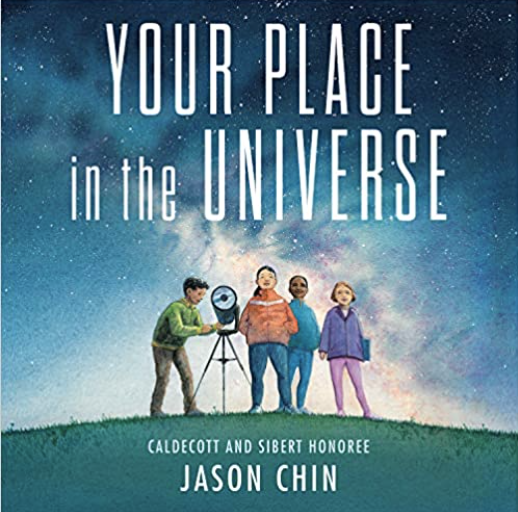
Your Place in the Universe
By Jason Chin
This is the perfect book to use while studying the planets and space. The beautifully illustrated pictures help emphasize the topic of where you fit in the universe.
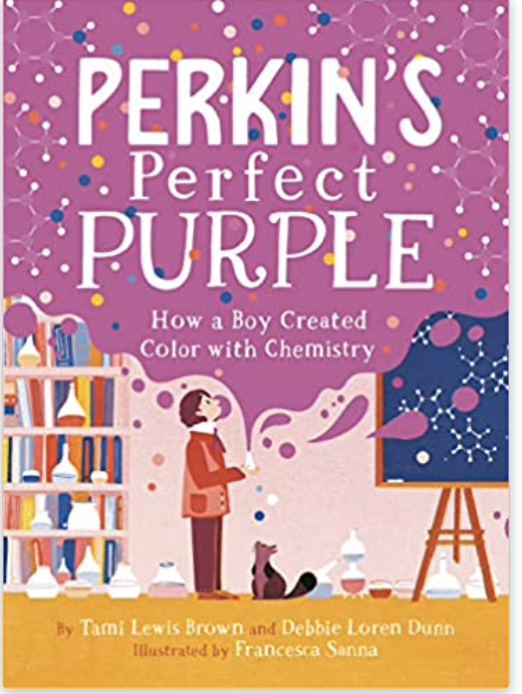
Perkin’s Perfect Purple
By Tami Lewis Brown and Debbie Loren Dunn
This is the true story of William Henry Perkin, a scientist, who discovered a way to make synthetic purple. Before his discovery, purple was only available to a very few because it was so expensive to make – and included such things as bugs, plants and urine. While working on a cure for malaria, he discovered something else. This is a wonderful book to emphasize the marriage of science and art.
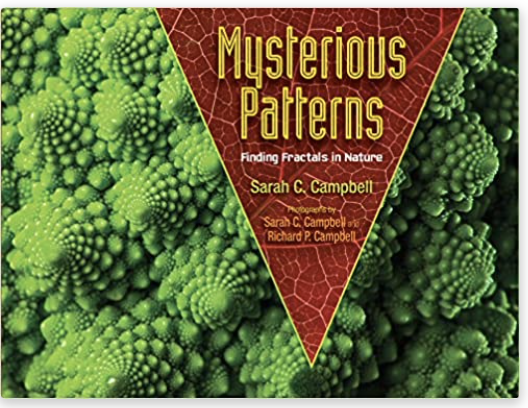
By Sarah C. Campbell
Repeating patterns in nature are called fractals. This beautiful book gives examples that are found in parks, rivers and backyards. This book is a wonderful way to integrate science, math and art.
How to Begin
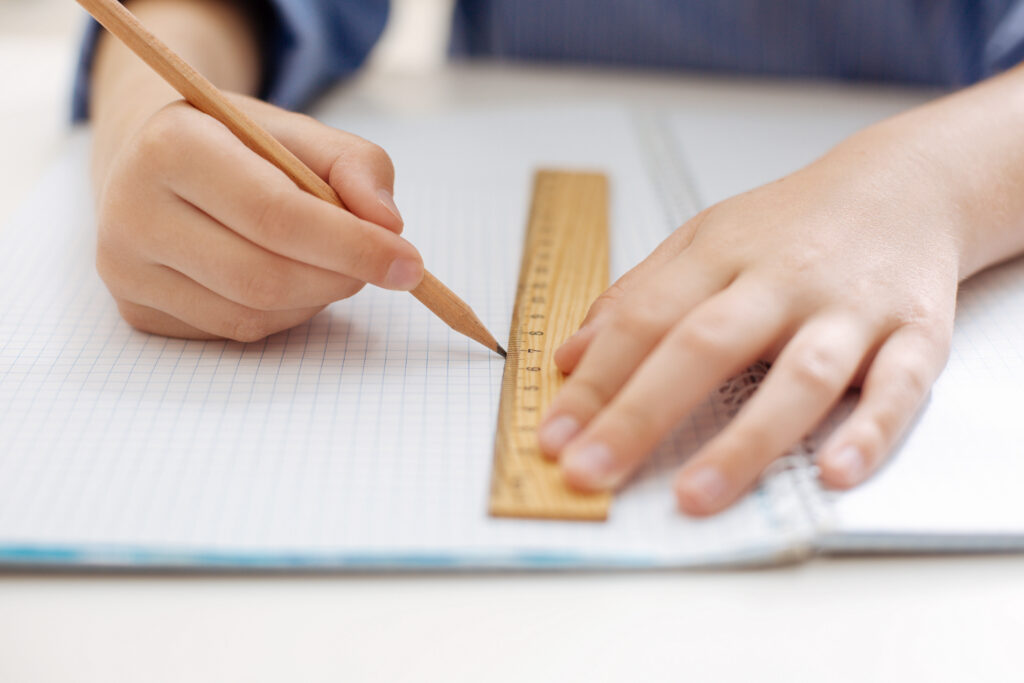
Many of the activities that we view as art are actually based in one of the STEM areas.
- Make a mobile – although mobiles are typically found in art museums, a mobile is actually a physics problem. To be successful, the student needs to find the balance center of mass of each sections.
- Symmetry projects. Symmetry is a mathematical concept that is usually taught by using simple shapes and discussing sides and angles. This is a perfect topic in which to explore through art.
- Art projects using protractors and compasses allow students to practice using math tools as well as discussing radius and degrees of angles – all math topics.
- The Golden Ratio The golden ratio is actually a math value; however architects and artists believe that it makes the most pleasing and beautiful shape
- Rube Goldberg Machines. A Rube Goldberg machine is a machine that takes a simple task, like opening a door, into a complicated multi stepped operation. To be successful, a student needs to use what they know about gravity, energy and materials. Don’t have room for students to build entire Rube Goldberg machines? We have a lesson where they create a machine on paper and use their knowledge of materials to make it 2D.
We encourage you to look for opportunities to add the A to STEM this year. Art is an important part of our society and an art education empowers our 21st century future work force to be innovative and creative problem solvers.
Wendy and Cheryl
Get Caught Engineering®
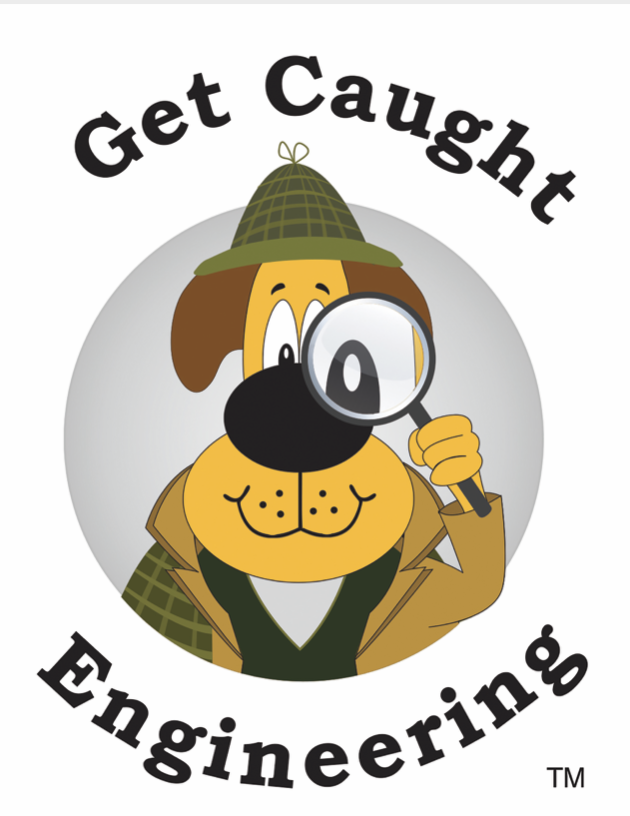
We are a participant in the Amazon Services LLC Associates Program, an affiliate advertising program designed to provide a means for us to earn fees by linking to Amazon.com and affiliated sites. The fees provide a source to support our costs of maintaining a website.



